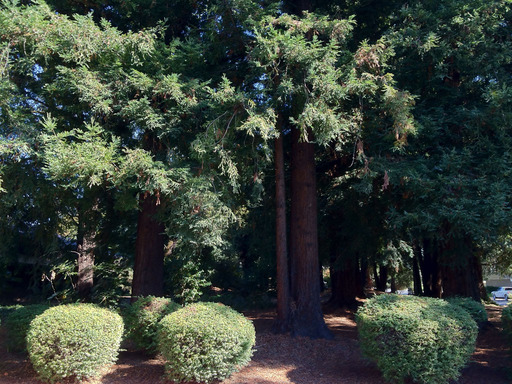
Now, more than ever, your iPhone photos need to be incorporated into your photography workflow. With the 8 MP camera in the iPhone 4S, you have print-worthy images of important events that should be properly cataloged.
In iOS 5, Apple introduced Photo Stream to help with this situation. I'll cover the ins and outs of this technology in a future post. But for those who need a bit more control over sync between iPhone and computer, or for iOS 4 users, there's a terrific app $1.99 called PhotoSync that I have found invaluable for managing my iPhone photos.
PhotoSync easily moves images from the iPhone to a dedicated folder on my Mac. I then import those pictures into an Aperture library. On import I can add more metadata to the images and organize them as well.
Here are the steps.
- Install PhotoSync on the iPhone and Mac.
- Launch PhotoSync on the iPhone.
- Choose images to sync. (First time sync all, then just new shots in the future.)
- Select which device to sync to. You choose your computer, iPad, iPod Touch, or another iPhone.
- If PhotoSync is active on the receiving device, it will show up in the list of destinations on your iPhone.
- Upload the photos from the iPhone to the Mac.
- Open Aperture and choose Import.
- Ensure that the "Do not import duplicates" box is checked.
- Click Import and enjoy working with your images.
 The Aperture Import dialog for my iPhone images. Click on image for larger size.
The Aperture Import dialog for my iPhone images. Click on image for larger size.
I don't maintain just one Aperture library. I have many that I use for different purposes. One of those libraries is dedicated to my mobile photography. This workflow, using PhotoSync, makes it easy to keep my iPhone pictures safe, and available for use.
More Aperture Tips and Techniques
My next Aperture Workshop is Nov, 12-13, 2011 in Santa Rosa, CA. Write me if you're interested in attending.
To learn more about Aperture 3, check out my Aperture 3 Essential Training on Lynda.com. Also, take a look at our Aperture 3 Learning Center. Tons of free content about how to get the most out of Aperture.
The Digital Story on Facebook -- discussion, outstanding images from the TDS community, and inside information. Join our celebration of great photography!























